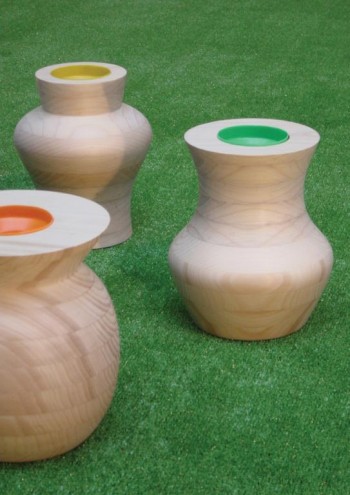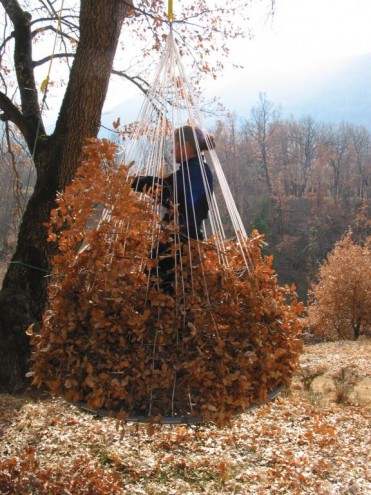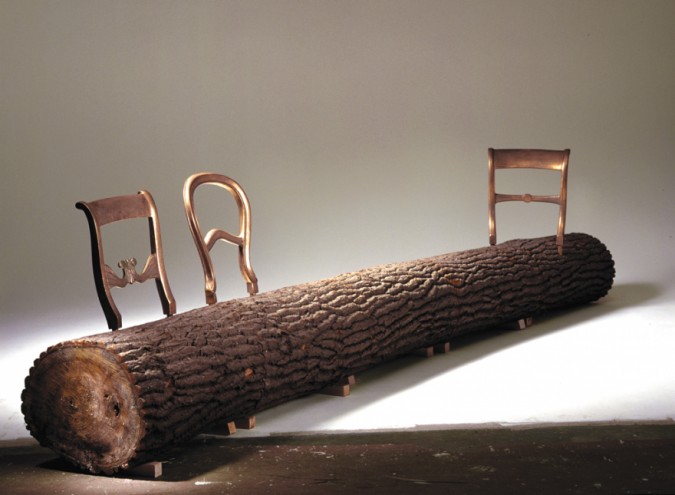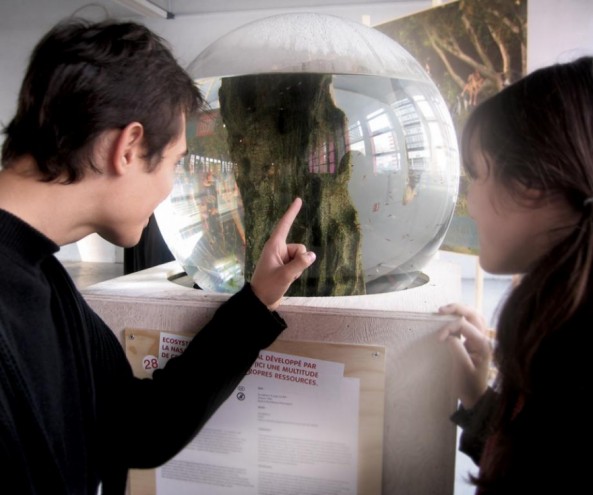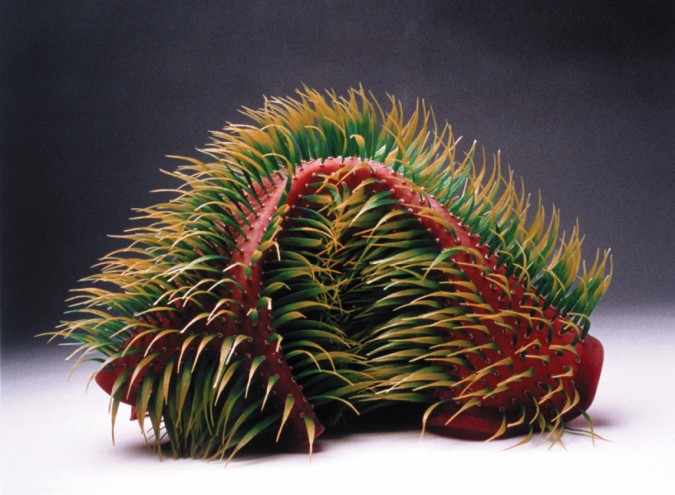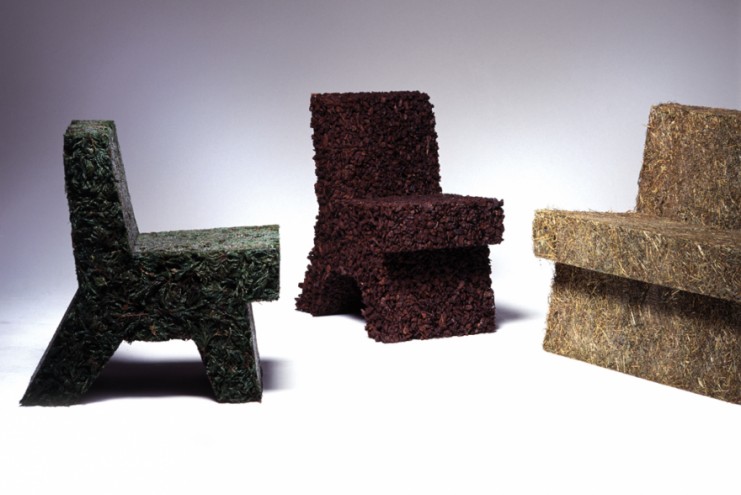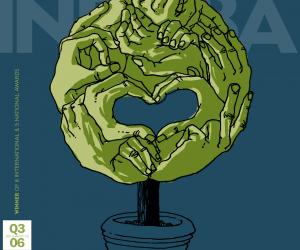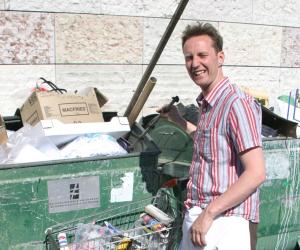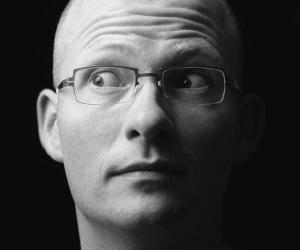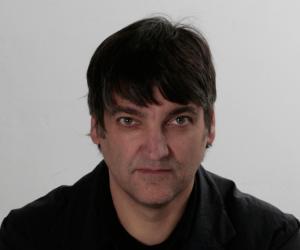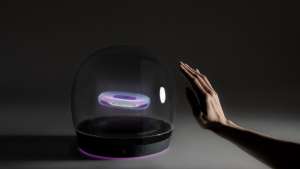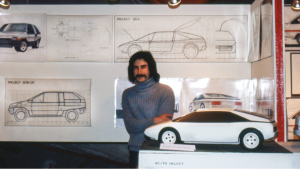First Published in
A local cider campaign carries the pay-off line: "It's dry, but you can drink it". With Droog, it's dry but you can think it. Sober execution, dry wit and concepts, concepts, concepts underpin Droog's output, providing the unifying thread for about 80 different designers whose products make up the world-famous collection. A Droog exhibition is currently touring the globe and three Droog designs were named best products of 2006 in the international Red Dot Awards.
Droog was formed when Gijs Bakker and Renny Ramakers discovered, about 13 years ago, that they shared an inclination towards designs that combine conceptual clarity and functionality. Culture, technology and aesthetics were another link. Renny - who recently visited Design Indaba - explains their selection criteria more succinctly: "We choose what we like."
Droog's collection of objects "together represent an idiosyncratic view of design in the 21st century." And the 21st century being what it is, there's little wonder that Droog designers have done much to explore and consider the environment - even back in the days when eco designs were not as fashionable, or as urgently needed, as they are now.
"From the beginning, recyclability has been an important theme for Droog. In its early days, the design network examined products that were old, worn out, and old-fashioned, products that, for these or other reasons, no longer fit into their environment.
"The question that remained for Droog was why these shouldn't enjoy a second life. Objects such as the Rag Chair by Tejo Remy, the Talking Coffee Machine by Eibert Draisma or the Lamp Do Reincarnate by Martí Guixé were the direct results of such deliberations."
Recyclability, albeit a strident feature, is not the only eco-trait of the Droog collection. There's also much experimentation with new technologies, natural materials and thought-provoking designs that cause viewers to contemplate the natural world. Here, we pick a few of our favourite Droog things:
The Dutch are renowned for their sense of humour, and this packaging made from poo, by Andreas Möller, is a typical instance. The designer of the Bolle Box (1994) was concerned with how the vast number of Dutch milk cows were polluting the underground water supply with all the excrement they drop (there are now, apparently, laws about where and how cows are allowed to go about their business). So Möller came up with the idea of selling the dried dung back to tulip-crazed tourists in the form of both fertilizer and a handy container. Bullshit artist, eco-warrior, or both? Unfortunately this item is merely a prototype - the compressed manure tends to crumble and nitpicking bulb enthusiasts were quick to point out that tulips don't require THAT much compost. Sigh.
The eco advantages of the Frank Tjepkema's Artificial Plant (1996) are not immediately apparent, but they are there... Originally exhibited as part of the Droog show "Summer in the City", the piece experiments with plastic and rubber. While seemingly artificial, both materials are actually plant-based in origin. Always easy to care for, particularly in harsh climates, this is one plant that requires no resources in the form of water, soil or sunlight. It provides an amusing pastime for the bored as its shape can easily be manipulated into new forms. What's more, it's an interesting designer object for those who hate houseplants. Ironically for the anti-plant brigade, like any simulacrum, it can't help but bring to mind the real chlorophyll-filled deal.
The Vaso Madeira project stimulates local craft production in the slums of Sao Paolo, Brazil - in the favela Monte Azul to be exact. Added to the Droog catalogue in 2005, the vases are designed by Nadine Sterk and Lonnie van Rijswijck and made by the favela's local inhabitants. Carved wooden covers are used to house recycled plastic containers derived from household cleaning products. A product with as much conscience as you please!
The Treetrunk Bench (1999) by Jurgen Bey was exhibited as part of the Conran Foundation Collection in 2002. An example of deconstructed design, the piece reduces a regular bench to its most basic element, a wooden log, and then exploits this natural, under-utilised state (unless you count the external walls of log cabins) to create an unexpected design. Bey's thinking, Renny explains, is why design a wooden chair when it is just as easy to sit on a log … The chair backs add a sophisticated element and are bronze casts of classical chairs. They can quite feasibly be added to any tree trunk - although it might be good idea for Droog to limit the logs to alien and sustainable timber.
This Droog EcoSphere was presented late in 2004 as part of Open Borders, an interactive public project commissioned by the Lille Cultural Capital of Europe. Droog's aim was to illuminate recent and interdisciplinary developments that involved the user in the process. Sealed in a glass orb, the EcoSphere is a perfect universe - a self-contained and self-sustaining eco-system that is populated by shrimp, algae and micro-organisms that manage to utilise the available resources without overpopulating or polluting their environment (humans take note: shrimps are more advanced than we are!). This eco-system in miniature needs only artificial or natural light to function and ably demonstrates how plants and animals inter-depend on each other and water. The EcoSphere was developed by NASA scientists who were researching self-contained communities with the view to sustaining life during long-term space flight.
The Nest House is a neo-rural delight that can be used indoors and out. A modern and mobile tree house that creates a contemplative space to which both adult and child retreat, the piece was exhibited in Milan this year as part of Droog's Garden of Delight show. Spanish creators azuamoline.com have this to say: "Life in the city is complicated when thinking of the most basic necessities and sometimes absurd obligations. Freedom is reduced to what you have or need. Birds don't pay the rent. They steal into a place and use the closest resources. Their nests form part of nature. Learning from them, we came up with an idea to build the Nest House of a simple metal structure and some rope, which are completed with natural materials like leaves and branches, etc. It doesn't take up any space as it is hung on a tree with a thick tape, so as not to damage the branches. Once installed it can serve as a point of observation, or as a basic habitat in which you can spend a night. The Nest House allows us a perception of the natural space of animals, plant and human life."
Another famous seat by Bey, the Gardening Bench (1999), consists of pressed hay reinforced with resin. Hay is a by-product of crop farming used for animal feeds and, less frequently, for straw-bale architecture. It is a cheap and renewable resource whose organic nature makes it appropriate to the garden context. In terms of form, it's also a step-up (or a seat-up) from plonking yourself down on a plain old hay bale a la Philippe Starck's seating for Baccarat. Alas, the Gardening Bench remains a prototype and is not in production despite how pleasing it is - perhaps because resin does tend to shatter.

